The Ingredient Decoder: How to Finally Choose a Hair Oil That Actually Works
| Authored by: Tayyaba |
| Reviewed by: Kapil Dhameja |
| Estimated Reading Time: 7 minutes |
Oiling has been an Ayurvedic ritual since ancient times and is now used as a salon treatment. Hair oil has become a spotlight product in the haircare industry with hundreds of brands claiming different benefits. And guess what? We get you. Are you not overwhelmed with a wide range of hair oiling products and struggle to find the right one for your hair? And even being annoyed due to their false claims? Bottles that promise everything to make your hair grow or even mend instantly have their place on shelves, so how do you pick the one that suits you? The answers to your questions are not on the eye-catching marketing promises on the front label but in the fine print on the back. In today's blog, you will learn decoding the ingredients in hair oils, thus identifying which product best suits your individual hair and issues. Let's get started with our complete guide to ingredient reading for hair oil products.
|
Table of Contents |
Why is Ingredient Reading a Must?
Before you add any hair oil on your shelf, it is not only a good idea to analyse the ingredient list but a crucial step for wise purchases. Such initial screening is the major protection against inefficient or harmful products. Many oils that are sold in commercial markets have silicones, synthetic fragrances, or alcohols in the form of diluents, and they can slow hair motion or accumulate over time. A keen study of labels will help identify pure and useful compounds that match the goals of the consumer.
|
Quote Box “By discerning and selecting key ingredients in your chosen hair products, you can make informed decisions and effectively nurture and maintain your hair.”1 – Dr. Monica Bambroo |
Starting at the top of the list, ingredients are listed in descending order of concentration; therefore, the top list items should be high-quality base oils or actives. Oils like coconut or argan oil should be sought out; such natural carriers would absorb into the hair shaft, providing the hair with the deepest nourishment.
Parabens, sulfates and mineral oils should be avoided because such substances may cause the loss of natural lipids on the scalp. Important oils, such as rosemary or peppermint, must be displayed in smaller amounts, with lower position in the list. Their strength makes their use restricted, and their specific benefit, like the stimulation of follicular growth, can be obtained.
There is empirical evidence that supports these claims. A systematic review in the Journal of Cosmetic Dermatology shows that natural ingredients lessen inflammation and promote scalp hygiene, whilst synthetic substitutes are linked to the worsening of ailment like dandruff.2
Read the Base Oils
Any hair oil is based on its base oil. They are usually the carrier oils that are high in fatty acids, vitamins and minerals which provide nutritional energy to the scalp and hair shaft. They act as a medium on which other active constituents may have their effects.
What to look for in base oils?
The major properties to be considered on base oils are:
Fatty Acid Profile: The different fatty acids have different molecular size and different penetration ability.
Lauric Acid: Lauric acid is common in coconut oil. It has a small molecular structure, which increases penetration of the hair shaft, minimizing protein loss and hardening hair. Several scientific studies such as those found in the Journal of Cosmetic Science have proven that coconut oil is more likely to penetrate the hair shaft compared to other oils.3
Oleic acid: The monounsaturated fatty acid in the ingredient list is oleic acid constituting oils like olive oil and avocado oil. Although it can cause dermal penetration into the hair shaft, its activity is relatively low to lauric acid. Oleic acid is especially appropriate in adding moisture and shine to hair, which is why it can be adopted in cases of dry or damaged hair.
Linoleic acid: It is a polyunsaturated fatty acid, but it can be found in oils like safflower oil and sunflower oil. These are lighter oils that will not add weight to small hair. They provide conditioning actions but do not cause greasiness.
Most base oils are full of vitamins, especially vitamins E and A, and they have antioxidants that prevent the hair against environmental damage and promote the health of the scalp. An example of this is argan oil, which is characterized by a good supply of vitamin E and antioxidants, which add to its protective status in the hair.4
Popular Base Oils and Their Benefits:

· Coconut oil: Due to high content of lauric acid, coconut oil has been proven to exhibit superior penetration of the hair shaft and consequently fortify it internally and counteracts against breaking. Plus, its antimicrobial quality gives added benefit. The efficacy of coconut oil against dryness and frizz consistently has been talked up in online forums and their discussion boards.
· Argan oil: It is often referred to as liquid gold, is the source of high levels of vitamin E, antioxidants, and essential fats. It is useful in conditioning, guarding against thermal styling and making hair shiny. A paper in the journal of Dermatologic Surgery put emphasis on the emollient properties of argan oil and the ability to increase hair elasticity.5
· Jojoba Oil: Think of jojoba oil as the long-lost twin of your natural sebum so alike that it blends easily with your hair and skin. It hydrates without blocking the pores, regulates the production of oil and can be used to calm a flaky scalp. It is a lightweight oil that can be useful to many users who have oily scalp (since it does not feel heavy.)
Almond Oil: Due to being rich in vitamin E, magnesium, and omega-3 fatty acids, almond oil is a multi-purpose star product that fortifies the hair, enhances growth and gives it softness. It can be used on most hair types and is frequently advised to use as a scalp massage.
· Castor Oil: Castor oil having thick consistency and high level of ricinoleic acid is famous for promoting hair growth. Though the research is still evolving regarding its growth enhancing properties, it does have emollient properties that can undoubtedly improve the hair texture and minimize its breakage.
· Olive Oil: Olive Oil is an excellent hand-in-moisturizer, and it gives dry, split hair shine and good texture. It is a beauty secret to Greeks and a dietary staple in the Mediterranean diet known for its antiaging benefits.
Herbal Ingredients: The Power Boosters

In addition to the base oils, hair oils contain powerful herbal extracts and essential oils that have specific effects. These power boosters can tackle certain issues such as dandruff, dullness or hair loss.
Herbal extracts are diluted preparations of leaf, flower, root parts of plants which are soaked in the base oil. They are an effective dosage of useful compounds of the plant. Let’s discuss these herbal ingredients:
Amla (Indian Gooseberry): Amla is Ayurveda’s hair care ingredient (and skincare as well) full of vitamin C and antioxidants helpful in enhancing hair follicles, boosting hair growth and preventing premature greying. A lot of Ayurvedic blogs and personal reviews testify to the effectiveness of amla in the treatment of hair density and hair loss. Studies are examining the possibility of its potential uses as an antioxidant and anti-inflammatory on the scalp.6
Bhringraj: Titled as "king of hair”, Bhringraj is another powerhouse from Ayurveda rich in bioactive compounds (like ecliptine)7 that stimulate hair follicles and thus, support hair growth. Scientific research is exploring its potential in promoting anagen (growth) phases of hair. 8
Choosing Oil Based on Hair Concerns

After understanding the ingredients, you can strategically choose an oil blend to tackle your specific hair problems.
For Hair Loss and Thinning: Look for oil having ingredients like rosemary, peppermint, amla, and bhringraj commonly found in traditional and new research as having the ability to stimulate the hair follicles and increase circulation to the scalp. Castor oil is also a good option.
For Dryness and Breakage: Use oils such as coconut oil, shea butter, avocado oil, olive oil and argan oil that have high moisturizing capability. Aloe vera extract (which is very common in oil blends) may also be used as a source of hydration. It has been noted that these oils are transformative when used on brittle and dry hair.
For Frizz and Flyaways: Argan oil and jojoba oil are good options that add moisture and tame frizz. Similarly serums without silicone can work. However, most serums usually have dimethicone or cyclomethicone, ingredients that can help in smoothening frizz without making hair heavy and cumbersome. (But they can lead to buildup for other hair types.)
For Dandruff and Scalp Issues: Look for tea tree oil, neem oil, rosemary oil, and peppermint oil that have antimicrobial and anti-inflammatory properties. The antifungal qualities of tea tree oil were scientifically reviewed in the Journal of Essential Oil Research thus it is effective against dandruff-causing fungi.9
Here’s a table summarizing our discussion:
|
Hair Concern |
Recommended Oils/Ingredients |
Key Benefit |
|
Hair Loss & Thinning |
Rosemary, Peppermint, Castor Oil, Amla, Bhringraj |
Stimulates follicles & boosts scalp circulation |
|
Dryness & Breakage |
Coconut Oil, Shea Butter, Avocado Oil, Olive Oil, Argan Oil, Aloe Vera Extract |
Deep hydration & strengthens brittle strands |
|
Frizz & Flyaways |
Argan Oil, Jojoba Oil, Lightweight Serums (without heavy silicones like dimethicone/cyclomethicone) |
Smooths cuticles & tames frizz naturally |
|
Dandruff & Scalp Issues |
Tea Tree Oil, Neem Oil, Rosemary Oil, Peppermint Oil |
Antimicrobial & antifungal for scalp health |
Choosing Oil Based on Hair Type
The weight and type of oil to use depend on the texture of your hair and the porosity of your hair.
Fine Hair: Use light oils which do not accumulate and grease your hair. They are jojoba oil, grapeseed oil, safflower oil, and almond oil. Find the formula that underlines lightweight or non-greasy.
Medium Hair: Most oils will be effective on medium type hair. Coconut oil, argan oil, and olive oil can be tested, and it is necessary to depend upon your needs (dryness, frizz, etc.).
Coarse/Thick Hair: Coarse hair is more effectively treated using richer oils which are more emollient. Coconut, castor, shea butter and avocado oil may offer a deep hydration and make it easier to handle. The fatty acid content of these oils is higher and will penetrate the thicker strands of hair and soften them.
Wavy/Curly Hair: The structure of the curly hair makes it vulnerable to dryness. Coconut oil, avocado oil, argan oil and shea butter are great to give it moisture, definition, and fights against frizz. Numerous assemblies of curly hair enthusiasts vow to the "LOC" (Liquid, Oil, Cream) procedure, which frequently includes oils as an important constituent. Here’s a table summarizing our discussion:
|
Hair Type / Texture |
Recommended Oils/Ingredients |
Key Benefit |
|
Fine Hair |
Jojoba Oil, Grapeseed Oil, Safflower Oil, Almond Oil |
Lightweight, non-greasy hydration without buildup |
|
Medium Hair |
Coconut Oil, Argan Oil, Olive Oil |
Versatile nourishment—can target dryness, frizz, or shine |
|
Coarse/Thick Hair |
Coconut Oil, Castor Oil, Shea Butter, Avocado Oil |
Deep hydration, high fatty acids soften and manage thick hair |
|
Wavy/Curly Hair |
Coconut Oil, Shea Butter, Avocado Oil, Argan Butter |
Adds moisture, definition, and frizz control (LOC method) |
The Ayurvedic Guide: Choosing Hair Oils
The ancient Indian medicine “Ayurveda” provides an overall care to hair coaches, manifested in the focus on balance and on the constitution “Dosha”.
What are doshas?
Ayurveda divides people into three major doshas: Vata, Pitta and Kapha. Each dosha has its own qualities determining an individual’s physiology and temperament. And hair types also mirror these qualities particular to the constitution of doshas present in a person. Therefore, each dosha leads to different hair qualities. Let’s discuss what Ayurveda suggests for different dosha-specific hair:
-
Vatta: Vatta hair generally requires grounding, hydrating and enriching oils. Some of the more commonly used options are sesame oil, almond oil, and ghee (clarified butter). The oils with grounding herbs, such as ashwagandha are also helpful.
-
Pitta: Pitta hair needs cooling, soothing, and balancing oils. Coconut oil, ghee, and sunflower oil are good choices. Oils infused with cooling herbs like amla, hibiscus, and rose are beneficial.
-
Kapha: The thick, oily, and slow growing kapha hair type requires lighter, stimulating and strengthening oil formulations to help counteract accumulation and promote hair growth. Mustard oil, jojoba oil and other light herbal infusions are common recommendations. Also, botanical agents like bhringraj and rosemary have been stimulated and found to be especially effective.
Look at the table below for the summary of our discussion:
|
Dosha |
Hair Quality |
Recommended Hair Oils & Herbs |
|
Vatta |
Dry, thin, prone to frizz |
Sesame Oil, Almond Oil, Ghee; grounding herbs like Ashwagandha |
|
Pitta |
Fine, prone to greasiness, premature greying |
Coconut Oil, Ghee, Sunflower Oil; cooling herbs like Amla, Hibiscus, Rose |
|
Kapha |
Thick, oily, prone to slow growth |
Mustard Oil, Jojoba Oil; stimulating herbs like Bhringraj, Rosemary, and other light infusions |
What are some key Ayurvedic Oils?
-
Bhringraj Oil: Contains bioactive compounds that help in hair growth.
-
Amla Oil: Amla is excellent for Pitta dosha and for overall hair health.
-
Brahmi Oil: Good for strengthening hair and promoting growth.
-
Sesame Oil: A grounding oil that nourishes and moisturizes hair often used for Vata hair types.
|
Quote Box “Ayurvedic hair oil involves herbal ingredients such as amla, bhringraj, brahmi, fenugreek and neem being infused into moisturizing carrier oils, in addition to essential oils like rosemary, peppermint and tea tree oil that help to improve blood circulation.”10 — Dr. Pooja Rambhia, Board-Certified Dermatologist
|
Ayurvedic practices indicate that by rubbing oil onto the scalp, one can enhance blood flow to the scalp and the nutrients will be absorbed deep into the hair follicles. There are personal testimonials and conventional habits that support the efficacy of frequent oil massages in maintaining hair health.
A Checklist: How to Read Hair Oil Labels?
It might seem scary to read a label of a hair oil, and a couple of tips can make you a smart buyer. This is an important checklist as you read hair oil labels:
-
Base oils are the primary ingredients: Do the carrier oils (coconut, argan, jojoba, etc.) appear in the first few ingredients? In that case, they are the main elements.
-
Listed Natural Extracts: Does it list any useful herbs or essential oils?
-
Avoid Fragrance or Parfum (In case of sensitivity): Check these in case you have sensitive skin, or you are trying to avoid synthetic fragrances.
-
Test for Silicones (unless you need them): Search by the term -cone or -xane (e.g., dimethicone, cyclomethicone). There are studies that suggest that although the silicones are good at surface glossing and smoothing, they may form a barrier around which other ingredients cannot infiltrate and may clog the scalp.
-
Find Certifications (Optional): Organic, cruelty-free, or vegan certification may be a sign of quality products and ethical sourcing.
-
Ingredient Order Matters: Ingredients are listed in descending order of concentration. The first few ingredients make up the bulk of the product.
-
What are "Proprietary Blends"?: If you see "proprietary blend," it means the exact proportions of those ingredients are not disclosed, which can sometimes be a way to mask the small amounts of key ingredients.
-
Don't fall for Claims: Does a "growth oil" really contain any growth-stimulating ingredients like rosemary oil, or is it just marketing? This label doesn’t guarantee real results but the ingredients that promote hair growth (if present in the product.)
FAQs
Q1. Can hair oils really stop hair fall?
A1. The right oils (to your hair type and concern) can help reduce hair fall significantly. However, hair oil is not a magic bottle; it cannot cure alone all causes of hair fall. But it can be paired with a healthy lifestyle and diet (that eliminates nutritional deficiencies or hormonal issues that might cause hair fall.)
Q2. Which oils should I avoid in hair products?
A2. Mineral oil, paraffin, and petroleum-based oils that just coat your scalp without real nourishment should be avoided. Synthetic fragrances and heavy silicones may also cause buildup. The best options are natural plant-based oils like jojoba, almond, or argan, that are nutritious and balanced.
Q3. How often should I oil my hair?
A3. 1-2 times a week works for most of the people. This frequency is ideal for providing nourishment without causing buildup or greasy residue. However, more frequent application benefits dry and damaged hair whereas for fine or oily hair, once/twice a week is sufficient.
Q4. What does Ayurveda recommend for different hair types?
A4. Ayurveda provides hair care in link with its concept of doshas namely, Vatta, Pitta, and Kapha. Each dosha leads to different hair types and conditions. Sesame or almond oil is good for Vatta hair (dry, frizzy). Coconut oil, hibiscus, or amla goes well with Pitta hair (fine, prone to greying). Mustard or bhringraj oil works for Kapha hair (thick, oily, slow growing). Choosing oil on the basis of dosha helps in achieving balance and growth. (To find your dosha, you can contact an Ayurvedic practitioner.)
Q5. What ingredients should I look for on the label?
Coconut oil and castor oil are beneficial for dry or thick hair because they help nourish and protect it.
Almond oil, argan oil, jojoba oil, and grapeseed oil are all lighter oils that work well on fine, normal, or slightly oily hair.
Herbal or Ayurvedic additions, like extracts or oils from herbs like "bhringraj", "amla", or "onion", or essential oils that calm the scalp or help hair grow (some people say rosemary or tea tree), can work, but not all of them do.
Q6. What about heavy oils vs light oils, when to use which?
If you have dry, thick, coarse, curly, or frizzy hair, heavier oils like coconut, castor, and olive oil can help. They deeply nourish your hair and help keep it moist.
If you have fine hair and an oily scalp and often oil your hair, use light oils that soak in quickly, like jojoba, grapeseed, or argan. These won't weigh your hair down or clog your pores.
Conclusion
You can select the right hair oil with the knowledge of the purpose of the base oils, the efficacy of the herbal actives supported by research, and what your hair type and concerns demand. The selection of the right hair oil is a subjective experience that incorporates both ancient knowledge and contemporary science. It goes past brand names and into the ingredient literacy realm. It is not the costliest or the most popular hair oil that is your ideal hair oil, but the one whose ingredient list is scientifically proven and addresses the needs of your hair. The ingredients also contain natural and plant-based boosters that prove to be beneficial for your hair. So, from now on, help yourself by giving an ingredient read before you buy any hair oil product. And don't forget to choose your oil based on your hair type, concern and dosha.
Recommended Products:
Ayurvedic Hair Oils for Healthy Hair
Related Articles:
Is Hibiscus Just a Vibrant Flower? Discover Its Beauty and Ayurvedic View
Unlocking the Power Of Palm Fruit for Hair
How to Reverse Grey Hair Naturally: Tips & Remedies to Restore Your Natural Color
How Rosemary Hair Oil Promotes Hair Growth ?
Batana Oil for hair - A magical Liquid to revive your tresses
References:
-
https://gsconlinepress.com/journals/gscbps/sites/default/files/GSCBPS-2024-0449.pdf
-
https://ijamscr.com/ijamscr/article/view/1650
-
https://www.cnn.com/cnn-underscored/beauty/ayurvedic-hair-oil


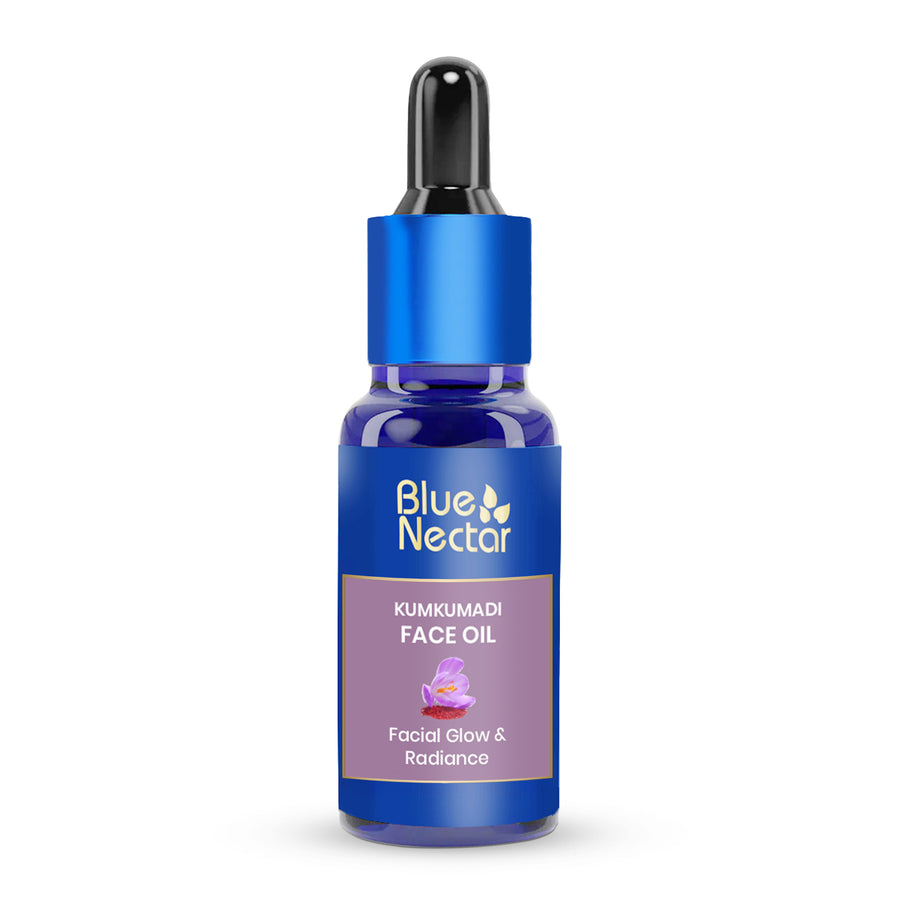
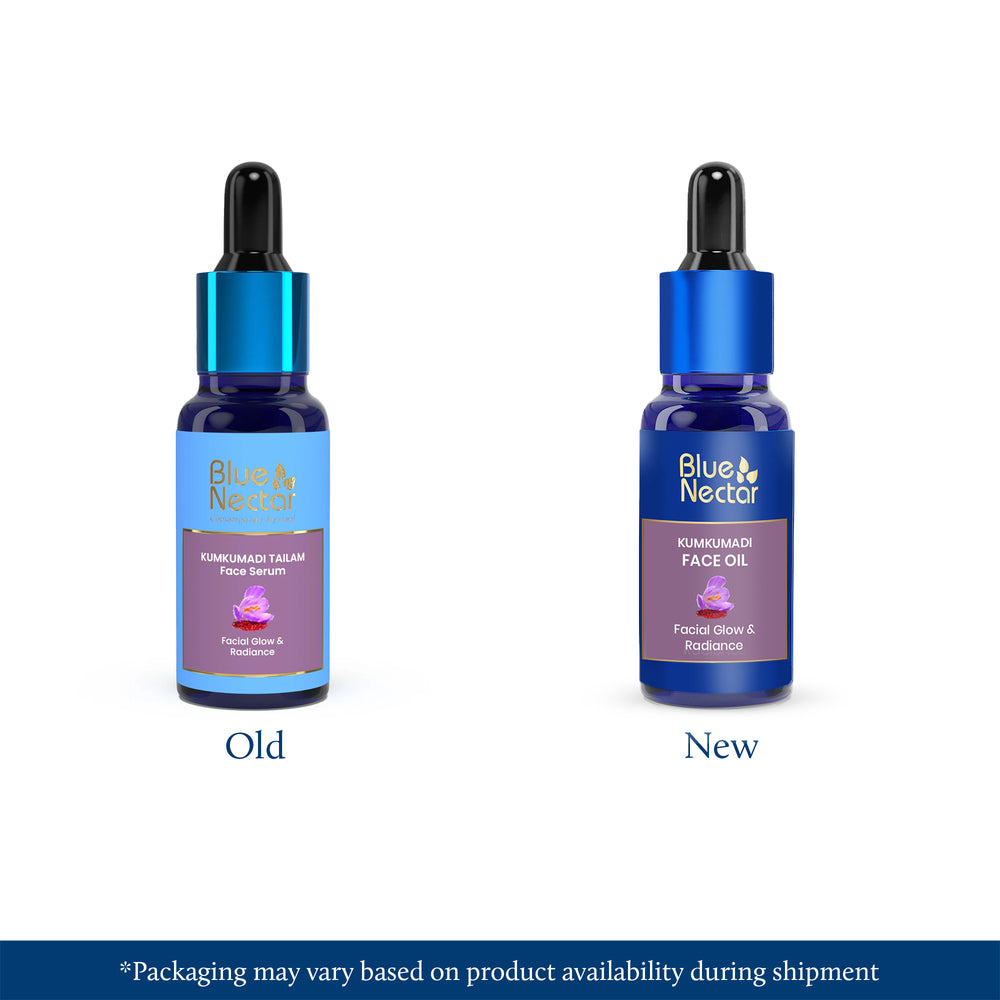
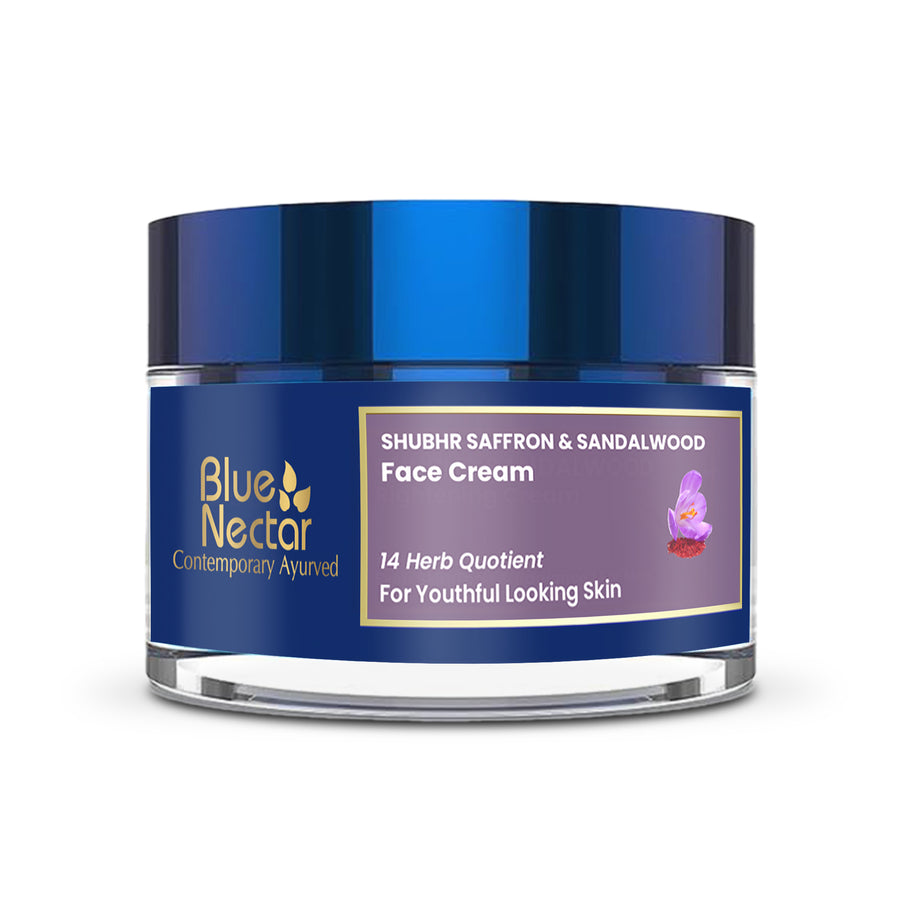
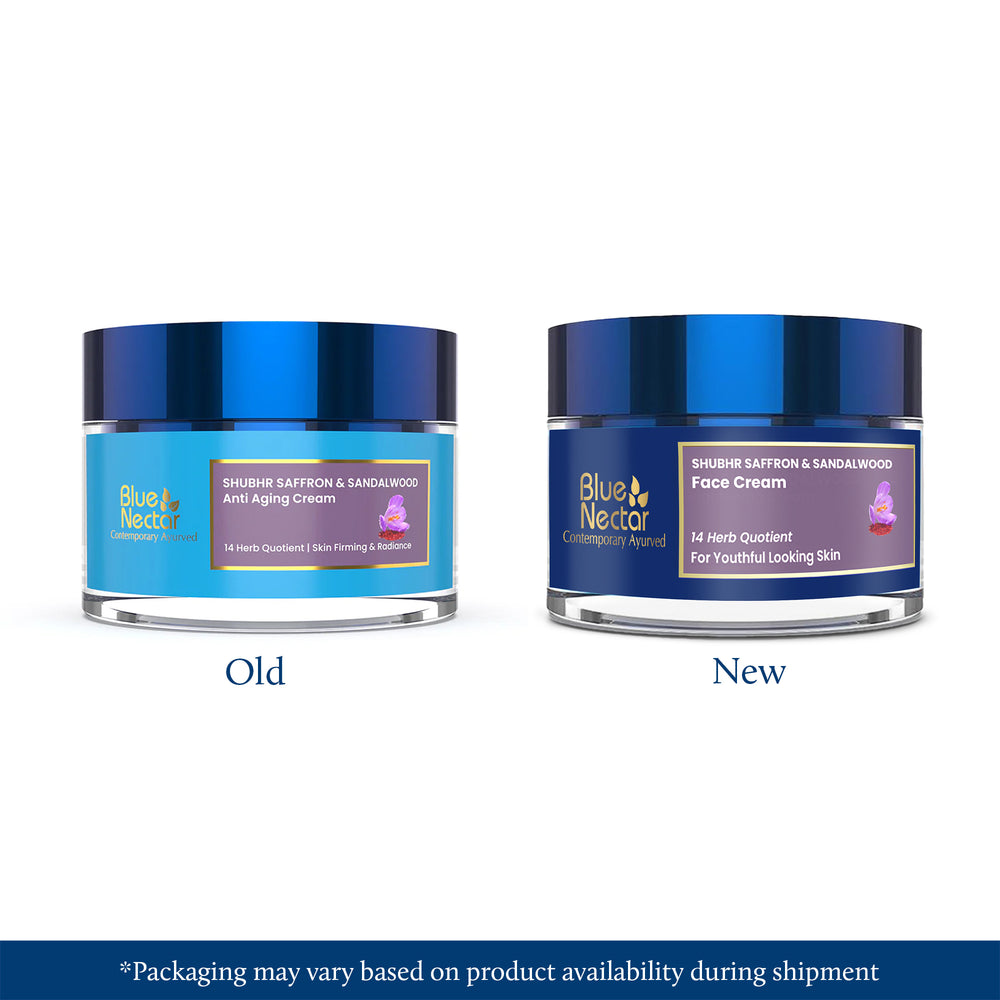
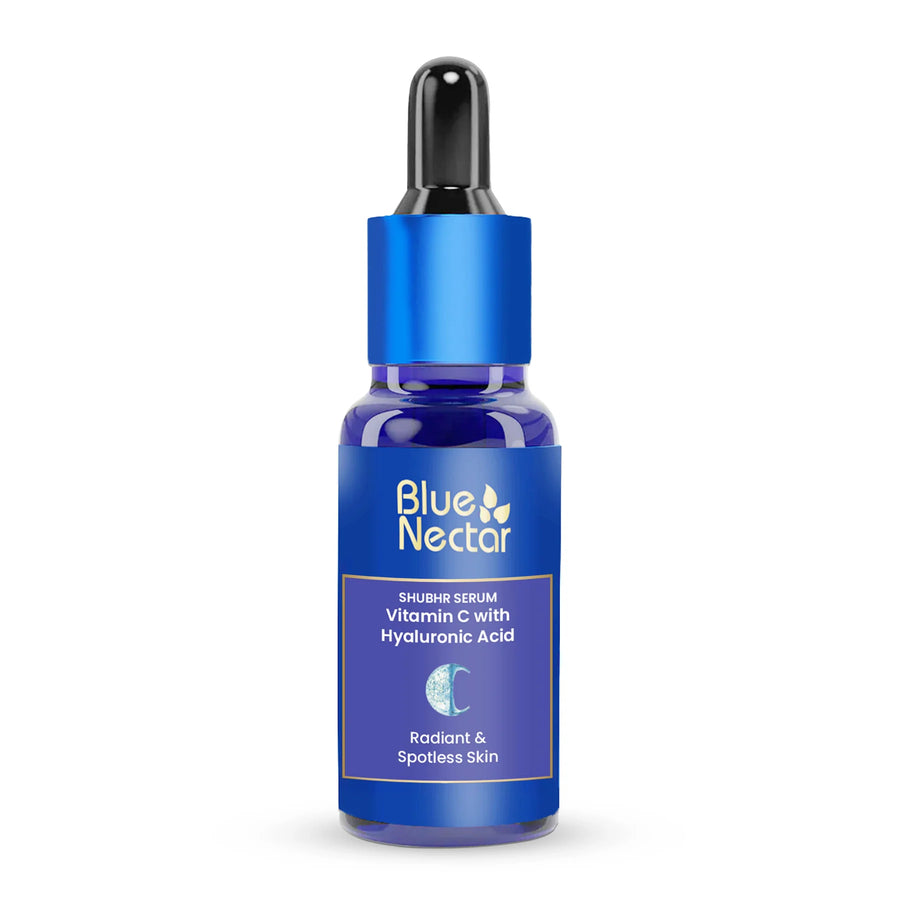
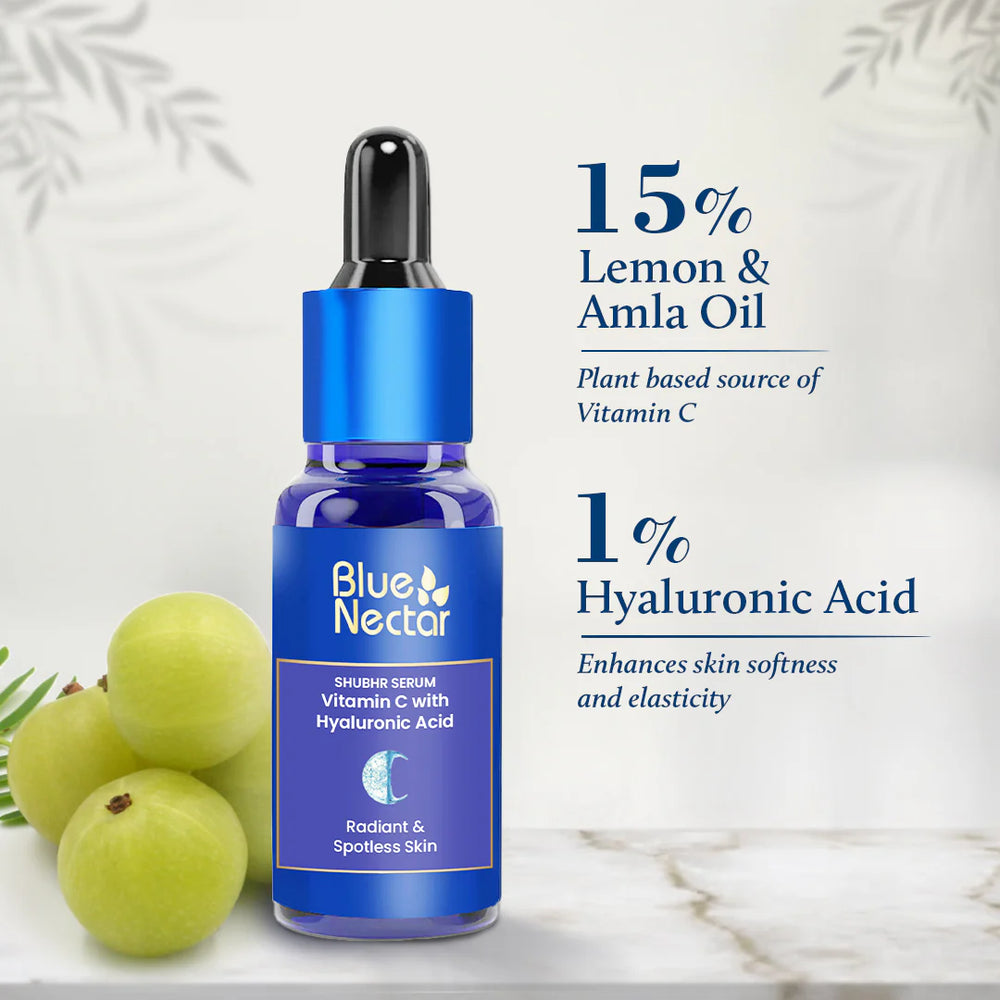
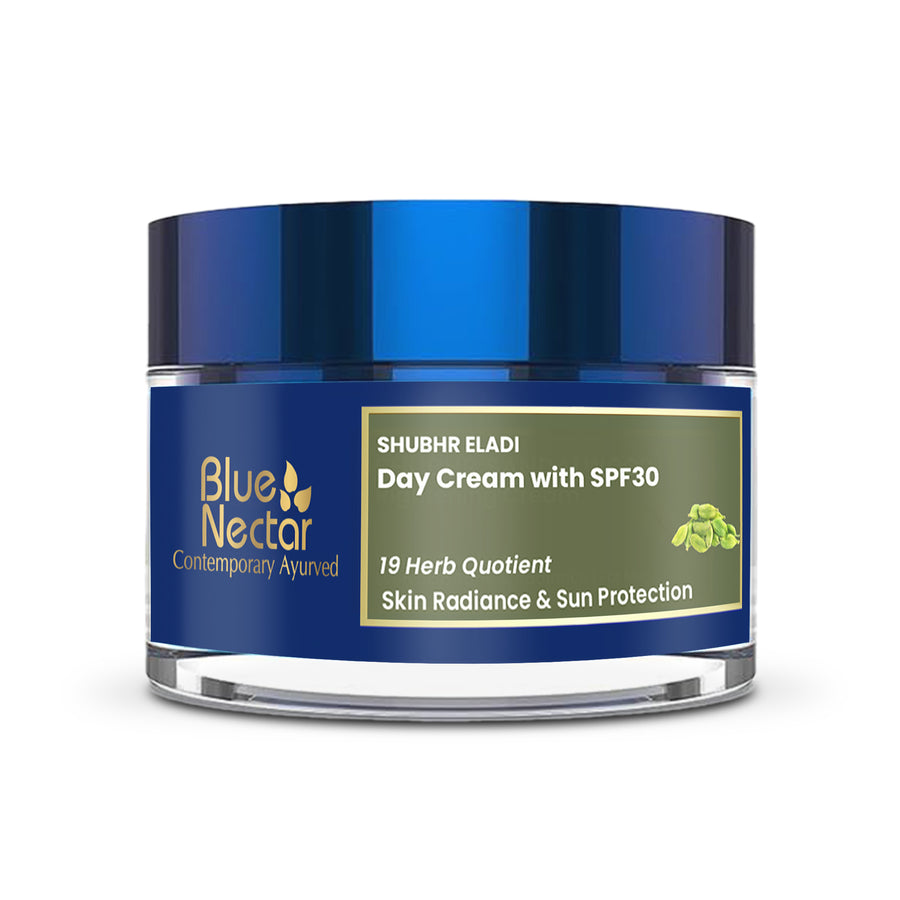
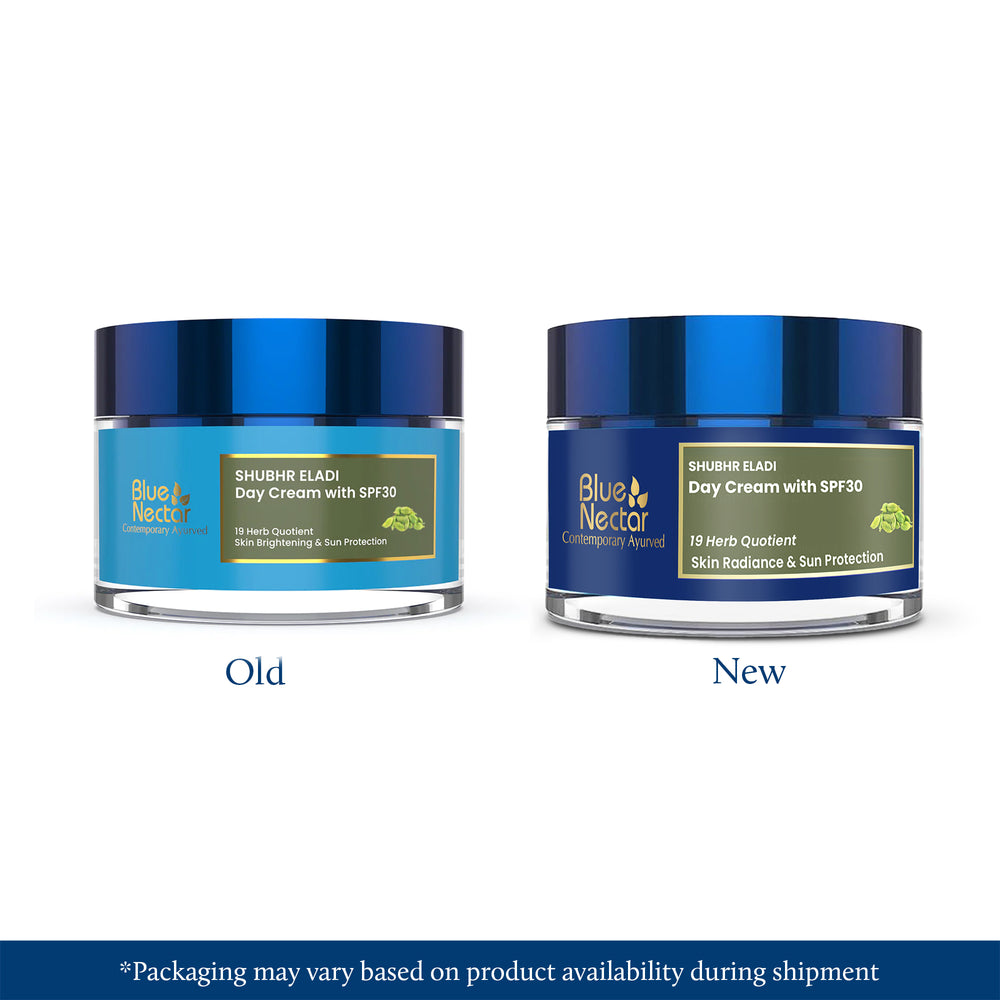
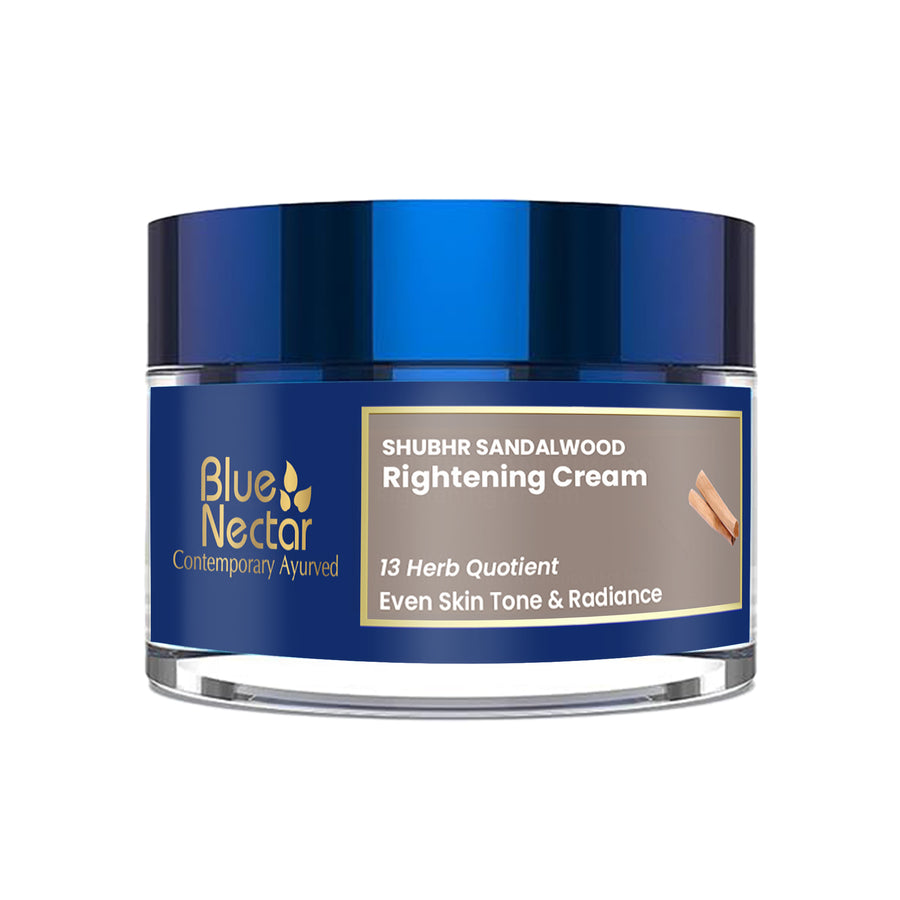
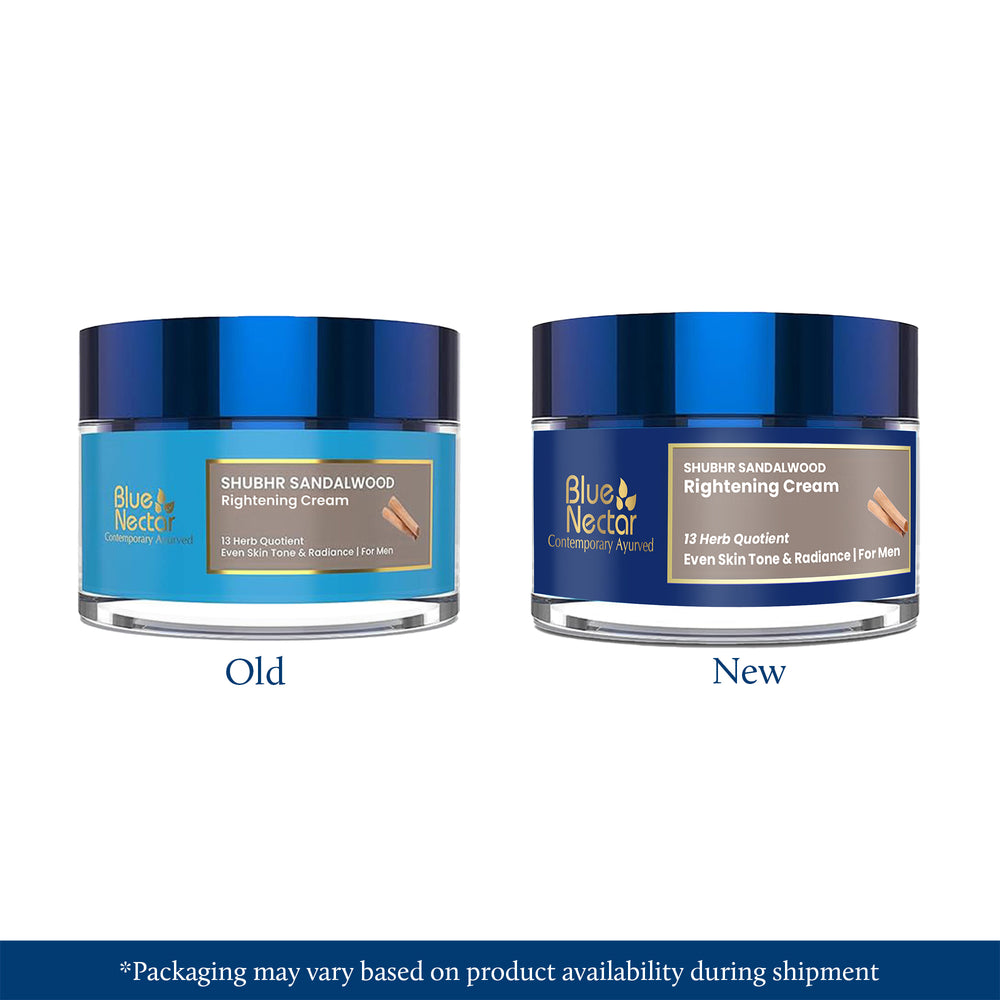




Leave a comment